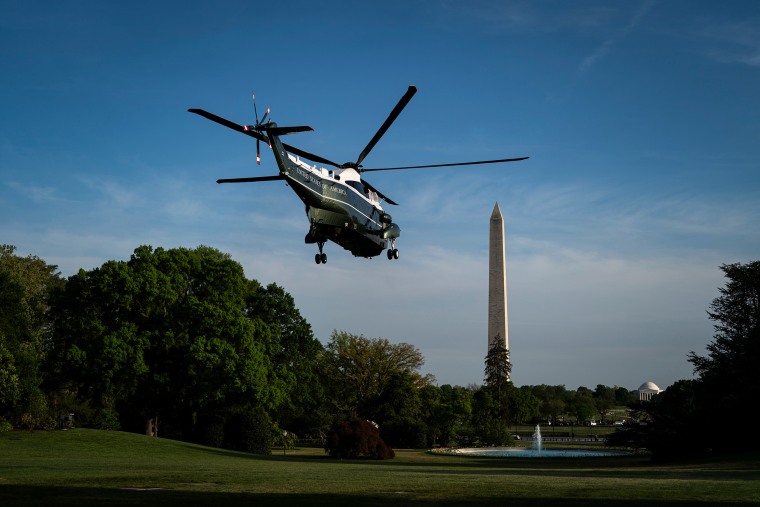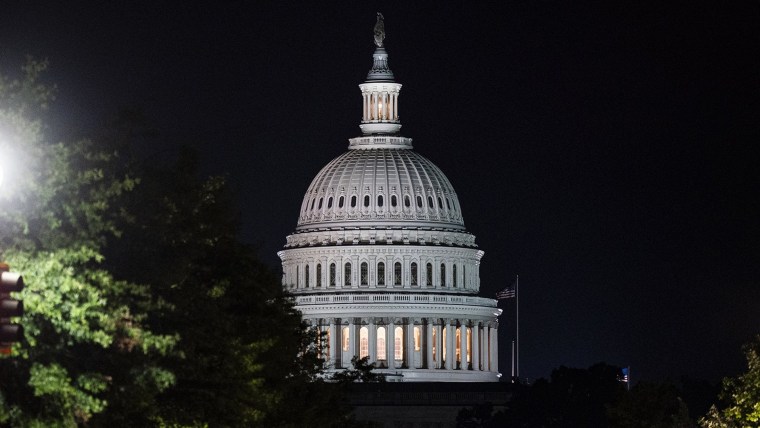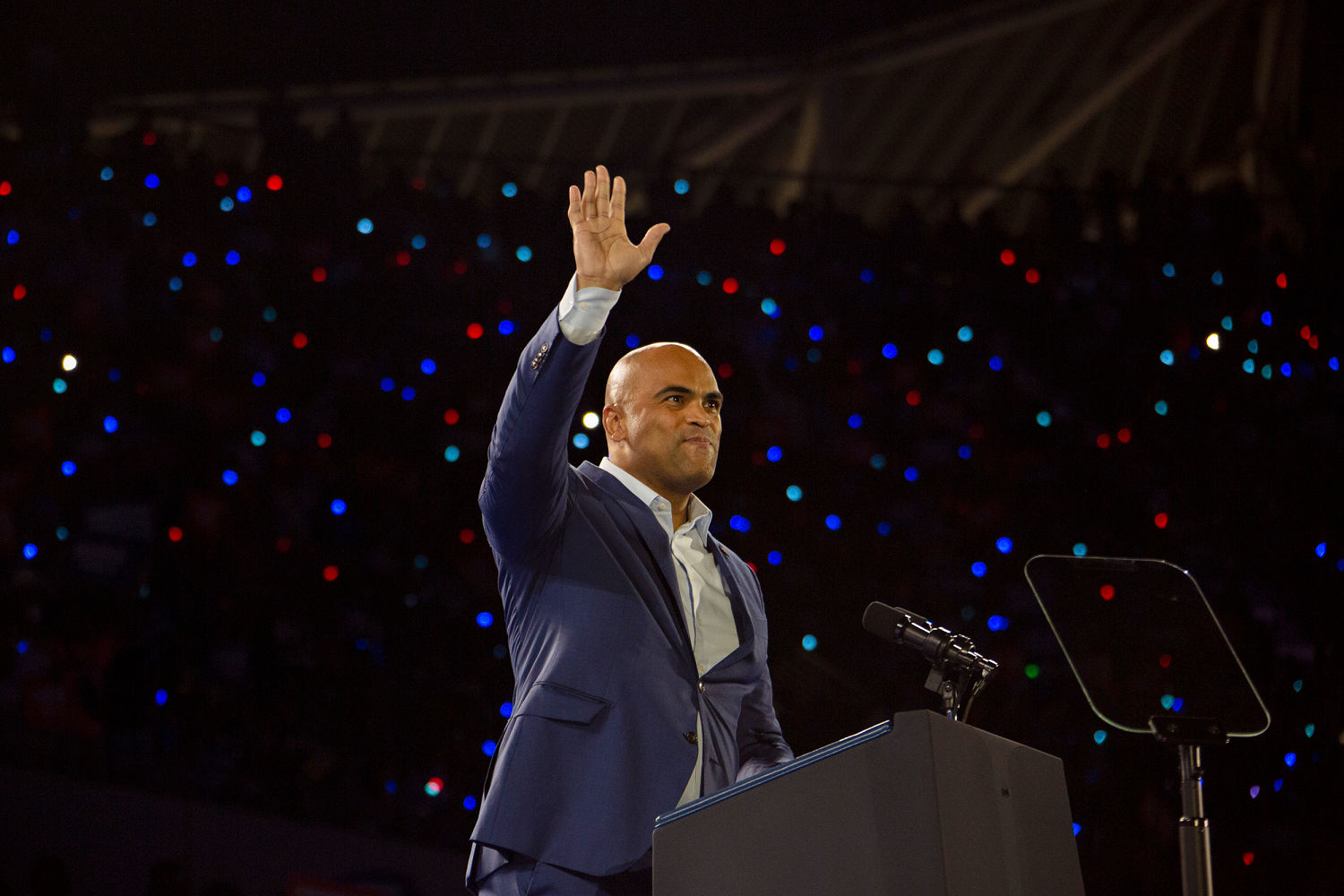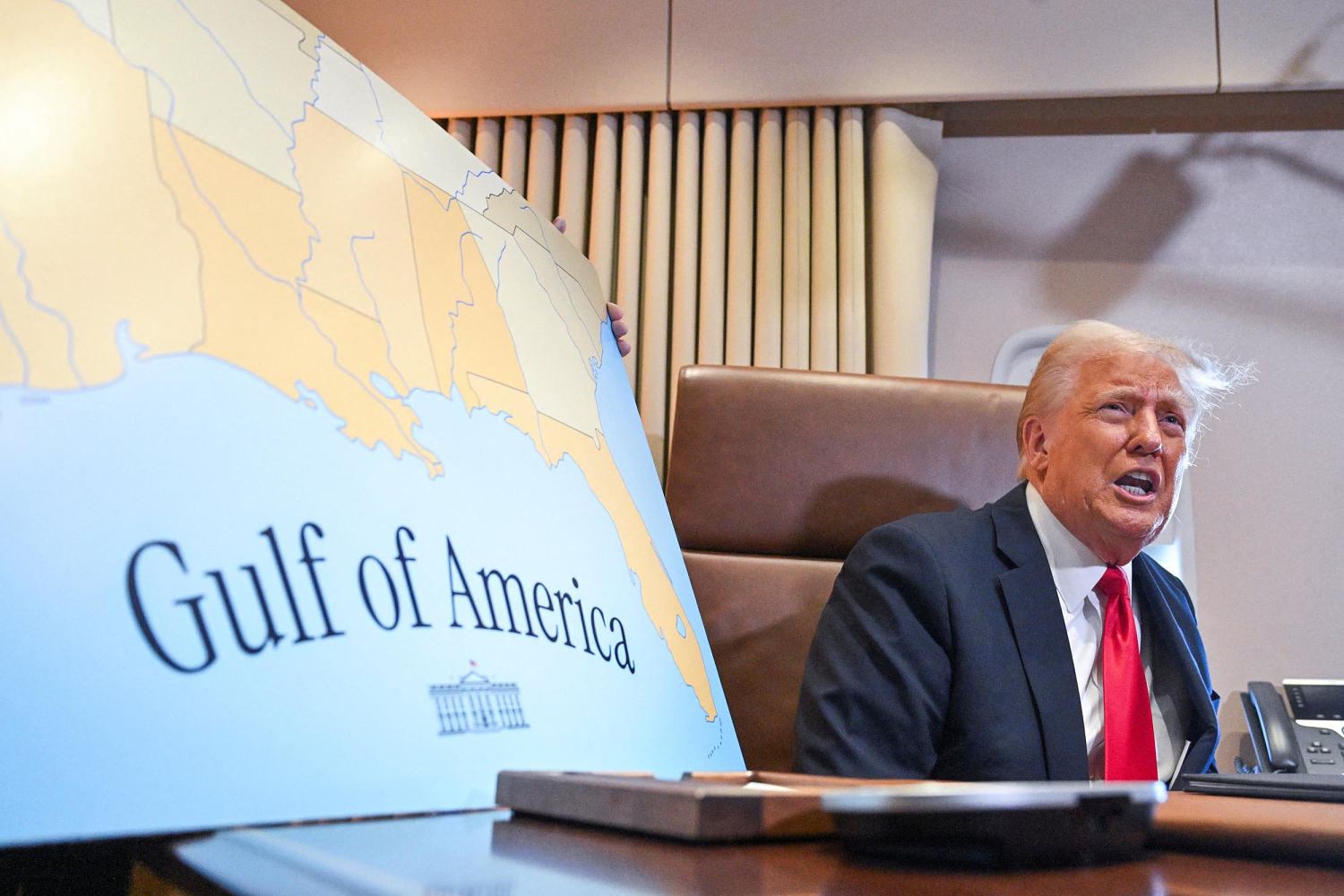Trump traveled little in his first 100 days, preferring to spend time at Mar-a-Lago

President Donald Trump enacted massive tariffs on April 2 that plunged the stock market into disarray, threatened a trade war and shook consumer confidence.
As the nation reeled, Trump left the White House for the weekend — not to drum up support for the policies around the country, but to travel to Mar-a-Lago.
Then he hit the links.
As headlines screamed about the possibility of soaring prices and global economic instability, the White House issued a statement: “The President won his second round matchup of the Senior Club Championship today in Jupiter, FL, and advances to the Championship Round tomorrow.”
The chasm between the uneasiness Americans were expressing and Trump’s actions couldn’t have been more vast.
But again and again, that is how Trump’s presidency has played out.
Overall, in the first 100 days of his administration, Trump spent parts of 40 days on his personal properties, all the while forgoing the kinds of interactions with voters on which he built his political persona and which, typically, a new president taps to build support for his new agenda.
In Washington during the week, he has pushed the boundaries of his presidential power, with policies that have the potential to abruptly transform the lives of millions of people. As the weekend nears, he heads to one of his private residences, usually Mar-a-Lago, in Palm Beach, Florida, where he tends to spend the winter months.
Since Trump has taken office, he has spent 12 of 14 weekends at one of his own properties, according to an NBC News tracker. On nine of the 14 weekends, he has overnighted at Mar-a-Lago, where he can often be found on his golf courses in West Palm Beach or Jupiter.
“It’s like a gambler who bet it all on black and then walks away when the roulette wheel spins and the rest of the county watches how things will turn out,” said Republican strategist Matthew Bartlett, a former Trump administration official.

So far this term, Trump has gone around the country — where he could have face time with voters or local businesses — less frequently than he did during the same period during his first term in 2017; former President Joe Biden made more visits outside Washington during his first 100 days. At one point in February, Trump spent parts of six consecutive days at Mar-a-Lago, leading some federal workers to complain that he was “working from home” even as he ordered them back to the office five days a week.
Trump has enjoyed going to some sporting events — like the Super Bowl in New Orleans, the Daytona 500 and a UFC fight in Miami — but generally, he has quickly returned to one of his own residences.
Trump’s frequent stays at his personal residences are playing out as he has enacted an extraordinary transformation in domestic and foreign policy. He has signed more than 100 executive orders, gone to war with universities and powerful law firms, shuttered entire government agencies, fired thousands of federal workers and greenlighted extreme measures to carry out deportations. He has enacted — then suspended — tariffs, sending the markets tumbling and risking a recession.
If polling is any indication of a president’s need to hit the road to build support with different constituencies, it’s showing. His approval numbers have slid since he took office, particularly over the economy, which was long his most consistent favorable issue. An NBC News Stay Tuned poll released Sunday found that 55% of American adults disapprove of how Trump is handling his job, and the ferocity of the opposition outweighed the intensity of support from his MAGA base.
A Fox News poll released last week found Trump had a 56% disapproval rating among voters and was underwater in every category — including immigration — except border security, on which 55% of voters approved.
“Trump rallies have been replaced with almost daily announcements of policy statements from the Oval. But afterward, he is not in the weeds on policy details — he is on the putting greens. He has taken a massive gamble on transforming the county around trade but with no clear vision or communication of what the end result looks like,” Bartlett said.
A White House official said Trump is hunkered down all week in Washington focused on two main issues: border security and lowering inflation. He has signed a record number of executive orders and talks to the media every day, the official said. He will spend his 100th day in office visiting the battleground state of Michigan, which was part of the so-called Democratic blue wall that he toppled in November. On Saturday, he and first lady Melania Trump traveled to Italy for Pope Francis’ funeral, and Trump plans to soon visit the Middle East, including Saudi Arabia, Qatar and the United Arab Emirates.
Asked whether a ramp-up in domestic travel was in the works, the official said Trump is expected to focus on trade, peace and budget deals in the near future.
A White House spokesperson cast Trump’s tack as “bringing America” to Washington.

“President Trump is hard at work delivering on his promises to the American people. He has signed over 100 Executive Orders in 80 days, which is what the public desperately wanted after four years of incompetence and weakness under Joe Biden,” White House spokeswoman Anna Kelly said in a statement. “Meanwhile, this President is bringing America to the Nation’s Capital by holding numerous events alongside blue collar workers, educators, parents, and families, and regularly taking questions from local and national press. President Trump is leading the most active, transparent administration in history, which is why his approval is higher than ever before.”
Trump’s second term started out differently. Just after his inauguration, Trump launched a rapid-fire domestic tour, surveying flood damage in North Carolina and fire damage in California before he landed in Las Vegas — all on Jan. 24.
“I wanted to thank the people of Nevada for giving us such a big win,” Trump told a screaming crowd at a rally the next day.
He went on to spend the weekend at the Trump National Doral property in Florida. The following weekend, he traveled to his primary residence, Mar-a-Lago. The next weekend he did the same. And the next. And the next.
Trump also took a far different tack on domestic travel in 2017. Then, within his first 100 days, he visited Newport News, Virginia, and he vowed from the deck of an aircraft carrier to strengthen the military. He dropped by a Boeing assembly line in Charleston, South Carolina, held a rally in Nashville, Tennessee, and talked about manufacturing in Kenosha, Wisconsin.
Biden, whom Trump relentlessly assails as “Sleepy Joe,” traveled the country far more than Trump in his first 100 days. In the same period, Biden held events across the country, including in Pennsylvania, Georgia, Ohio and Michigan, and he visited Texas after a historic winter storm.
Biden, however, was also notorious for spending his weekends at home in Delaware. In August 2021, he drew national ire when he was to embark on a vacation at the same time of the disastrous U.S. withdrawal from Afghanistan; he ended up cutting the vacation short.
Trump dispatches his messages through frequent appearances before news cameras in the White House and is known to even call reporters for impromptu interviews — none of which were trademarks of Biden. By contrast, Biden’s interactions with the media were infrequent, and encounters were typically brief and tightly controlled.
Brandon Scholz, a former Republican Party chair in Wisconsin who has opposed Trump in the past, said Trump most likely hasn’t taken to a road show for a simple reason: No one is clamoring for it. He pointed to boisterous, often adversarial town halls held by members of Congress whose constituents are livid over the administration’s policies.
Scholz argued that if Republicans thought Trump’s policies were popular, he might have visited Wisconsin before the early April state Supreme Court election, which his top donor, billionaire Elon Musk, and affiliated groups sank $21 million into to back the conservative candidate. The liberal candidate won by 10 percentage points.
“Travel is just not part of the Trump world right now,” Scholz said. “Why would you go to these places and get the s— beat out of you? You wouldn’t. So they don’t.”




